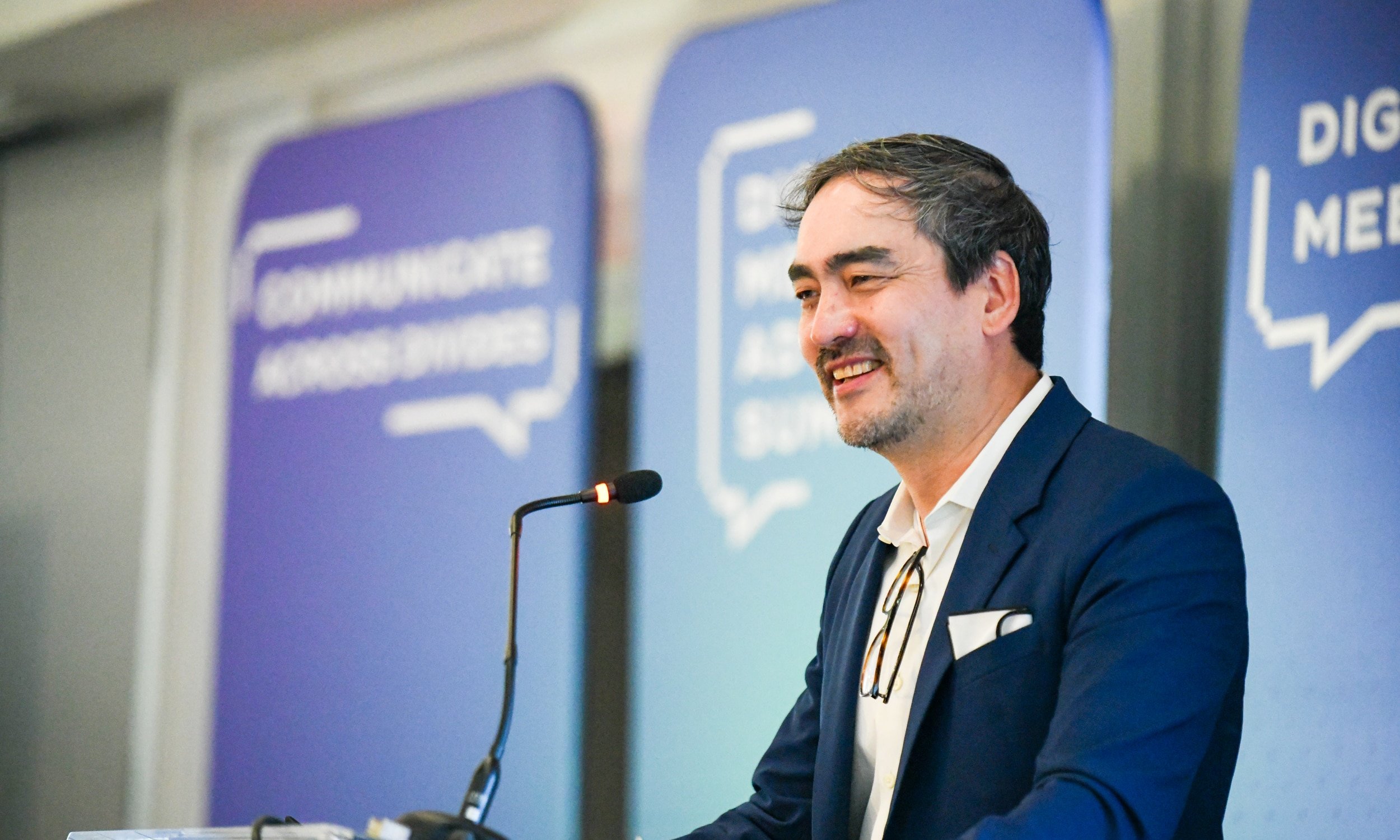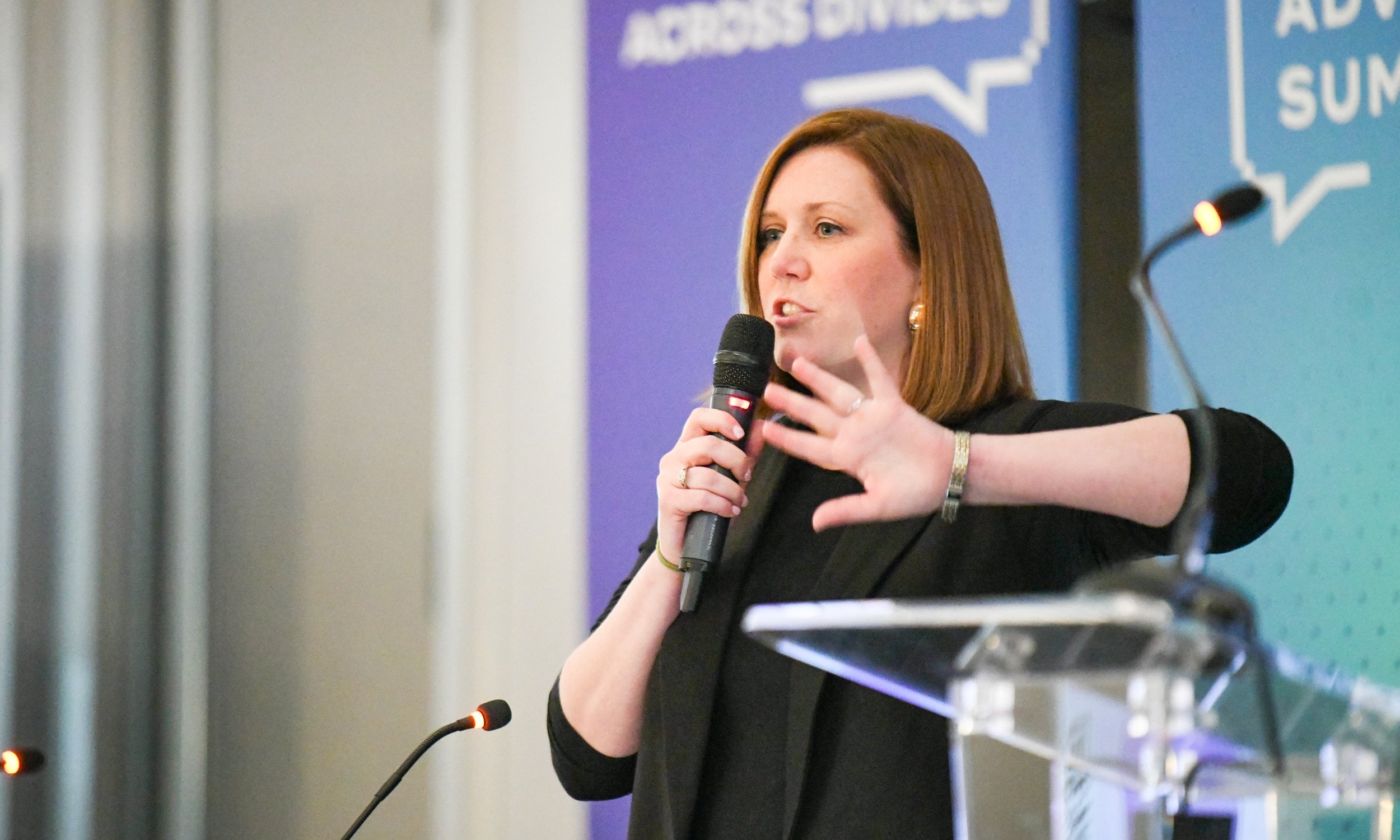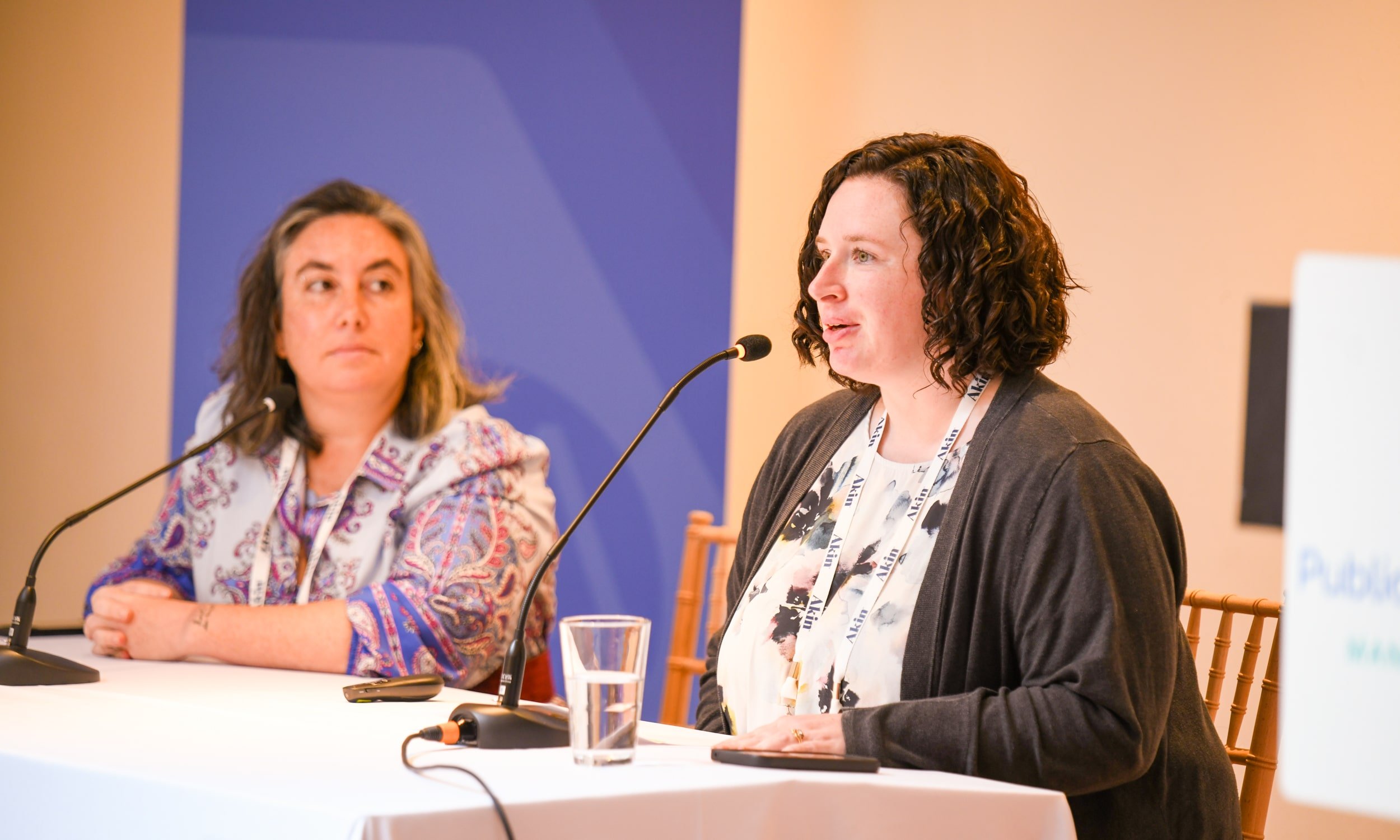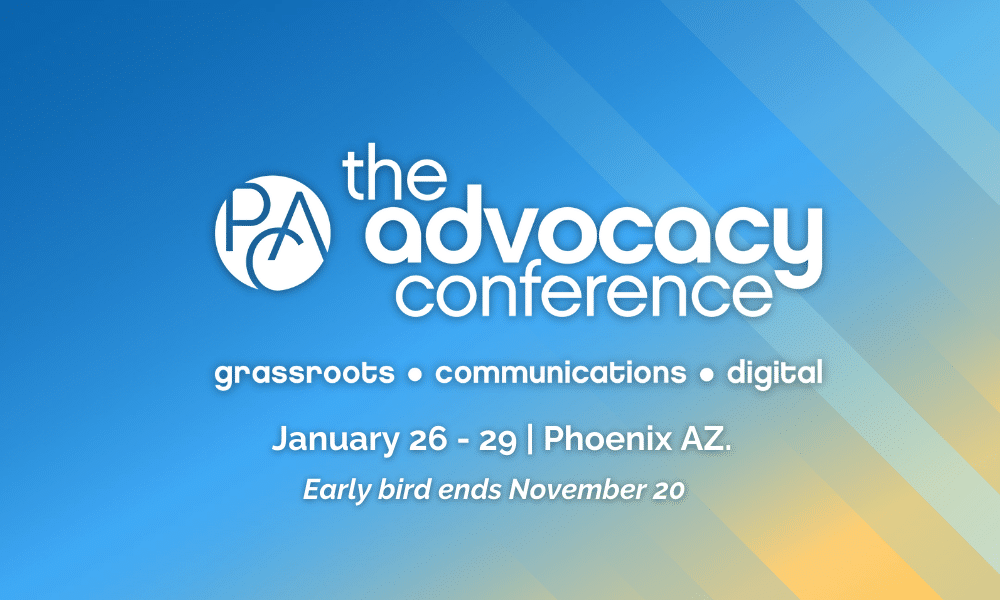July/August 2025
The digital and media landscape is changing rapidly — and, with it, the roles of public affairs professionals.
How can advocacy and grassroots professionals best leverage artificial intelligence (AI)? With misinformation on the rise, how can organizations protect their narratives and agendas? What do smaller newsrooms and the decline of X (formerly Twitter) mean for media outreach and public relations?
These questions and so many more were on the minds of the attendees of this year’s Digital Media & Advocacy Summit, held by the Public Affairs Council in Washington on June 17.
Through a day of keynote speakers, panel discussions, small group brainstorming and one-on-one consultations, public affairs professionals came together to discuss the most pressing challenges they face. Here are three takeaways that we kept hearing throughout the day — and some ideas for incorporating these ideas into your work and organizational approach.

Timothy Wu, opening keynote speaker and professor at Columbia Law School discusses platform power and engagement in an era of distraction.
1. AI Is a Helper, Not a Doer
Unsurprisingly, AI was a frequent topic of discussion throughout the day. But whereas last year AI was a stand-alone subject, this year every speaker touched on it in some way. The shift shows that AI has become integral to all aspects of public affairs.
One recurring question was whether AI will replace human roles in media and advocacy, or whether it’s more likely to remain a tool to augment human efficiency and effectiveness.
“AI is being deployed in two ways, as human replacement and as human augmentation,” said Tim Wu, author, Columbia University law professor and keynote speaker at the summit. “I think augmentation will win out, because there’s more value in making humans better than in replacing them.”
Wu sees AI being developed by the major tech platforms as a way to increase loyalty and time spent on those platforms. For example, if Meta’s AI can anticipate your search needs on Instagram, or if Google’s Gemini can keep you in the Google environment longer, those companies will deem AI a success.
When integrating AI into your existing work, consider how it can be used not only to streamline your own workload, but also to capture attention and keep people engaged.
Perhaps you can use AI to identify promising advocates in a sea of data, or to create custom ladders of engagement that keep people coming back for more personalized information and engagement. In these cases, AI is used to enhance strategy, rather than replace it.
Amy McIsaac, managing director of learning and experimentation at PACE Funders, suggested using AI to practice communication that can appeal to key audiences. The AI tool Pluralytics allows users to verify if content and messaging will appeal to different demographics. That feedback can point to weaknesses in messaging and make communications more persuasive overall.
“The people who are getting AI implementations right are the ones who are using it to help their team free up time from rote and repetitive tasks,” said Jefferson Stovall, the founder of Captain Tomorrow, who was on hand to do individual consultation sessions about AI. “This allows them to access time and creativity within themselves.”

Amy McIsaac of PACE Funders shares how AI tools can reveal whether your message will truly connect during the closing keynote session.
2. Use Tech to Strengthen Emotional Bonds
With AI on the rise and trust in media decreasing, many speakers emphasized the importance of authenticity as a way to bolster trust and cement the emotional bonds needed to ensure that members and advocates remain committed to your mission.
During the lunch keynote “Breaking the News: Journalism in the Digital Age,” journalists and media experts discussed issues of trust and authenticity. They identified two different but related problems facing the media: Audiences increasingly seek out news that reinforces their worldview, and AI content looks increasingly like journalism but is designed to further reinforce those echo chambers and biases.
To combat both problems, authenticity can be a helpful way to break through and build trust.
Phil Lewis, president of the Washington Association of Black Journalists, explained that he built a following on X by being his authentic self. “People learned to seek me out and trust me as a person, separate from the outlet I’m writing for,” he said. “That trust in me personally gives me the freedom to challenge the audience’s assumptions.”
Byron Tau, investigative reporter for The Associated Press, stressed that authentic relationships remain key for those working with media. He recommended going to coffee with reporters and offering yourself as a resource to help understand the industry, without wanting anything in return. He also suggested being willing to speak on background — even if it means forgoing a splashy quote right away. If you can help a journalist better understand the issues and industries at play, that reporter is more likely to seek you out for information in the future, and that can help you frame your issue favorably. That’s more valuable in the long term than a one-time quote.
Authenticity is key to building trust with reporters and media, and it’s key to maintaining strong relationships with members, too.
During the “Surviving the Inbox Apocalypse” session, I shared the stage with Stephanie Koch, senior manager of advocacy at the National Alliance on Mental Illness. We stressed the importance of an authentic voice for a more effective email program. As more content is AI generated, it’s important to sound like a real person in an email.
“Prove you’re not a robot,” I told the audience. “Use the authentic voice of the sender to connect with the reader and ensure they keep opening future emails.”
Daniel Burnett, senior director of communications at the Foundation for Individual Rights and Expression, also stressed the importance of authentic relationships with both media and membership during the breakout session “Crisis Mode: Lessons in Rapid Response Advocacy.” The foundation is poised to move rapidly to publicize instances of freedom of speech violations. Often that means defending speech that some might find unsavory.
“Stick to your foundational principles,” Burnett said. “Be really clear about those with your audience, and people will be more likely to trust your judgment.”

Phil Lewis of the Washington Association of Black Journalists discusses how authenticity can set journalists apart during the lunch keynote.
3. Build a ‘Convenience Cocoon’
According to Tim Wu — and as experienced by anyone with an Amazon Prime account — convenience is key.
“Inconvenient options are not options,” said Wu. He coined the term “convenience cocoon” for consumers who have come to expect a frictionless experience. In the convenience cocoon, saving extra seconds makes all the difference for a successful transaction.
It’s a lesson that applies to public affairs, too. While we may not be selling consumer goods, members are primed to expect frictionless transactions.
“More than 70% of your audience will be experiencing your email on mobile,” Stephanie Koch reminded the audience. That means testing the entire email and advocacy experience on mobile and ensuring that everything is easy to operate and looks good. “Try to make your message and call to action appear within one screen so people don’t need to scroll to get to the point.”
It’s good to remember how your audience will experience your various communications. Test everything across mobile, tablet and desktop. Ensure that each touchpoint — website, app, email, text, event sign-up, advocacy software — loads quickly and is fast to operate. Automate or autofill options whenever possible.
And remember, seconds count in the convenience cocoon.
“In our time, easy wins,” said Wu.
Learn more about the Digital Media & Advocacy Summit sessions and speakers.
Francoise Stovall ([email protected]) is a digital and communications consultant with 20 years of experience helping organizations and associations reach their organizing, advocacy and fundraising goals. She is also a regular contributor to the Council’s Impact newsletter

Article author Francoise Stovall (left) shares the stage with Stephanie Koch with NAMI during a session on “Surviving the Inbox Apocalypse.” Among the takeaways, the importance of mobile-first design for effective email advocacy.
More News & Resources
Whether you’re building cutting-edge campaigns, engaging communities on social, mobilizing advocates, or exploring the power of new AI tools, THIS is where the future of advocacy comes alive.


